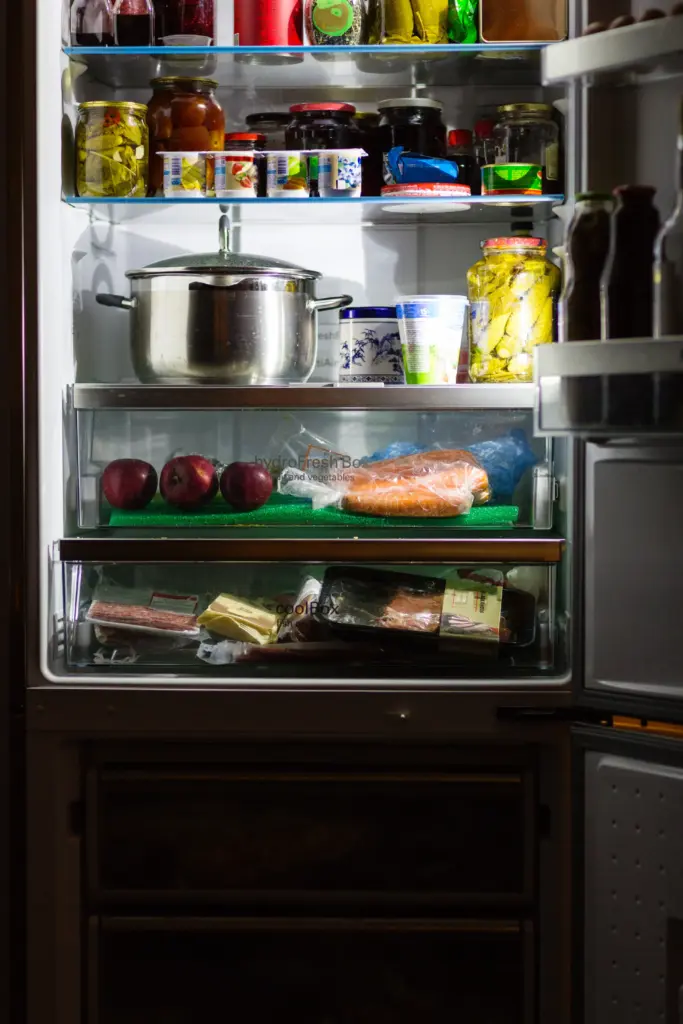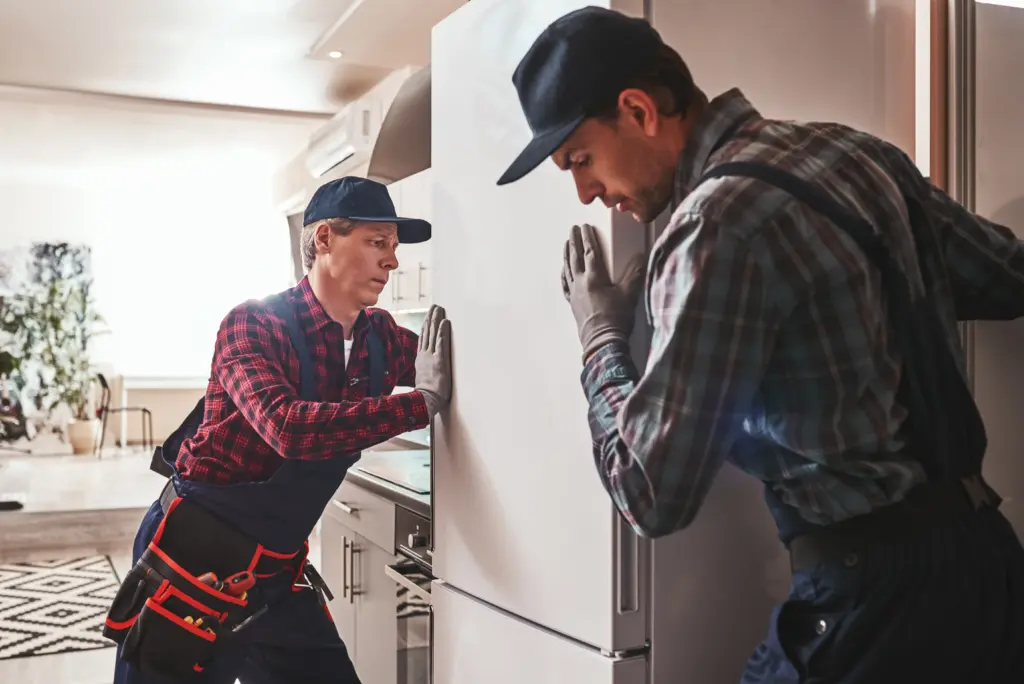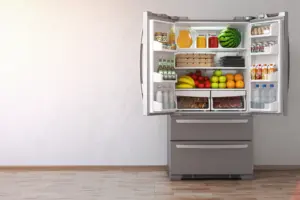When your refrigerator starts acting up, one of the most critical and costly components to consider is the compressor. Often referred to as the heart of the fridge, the compressor is responsible for circulating refrigerant throughout the cooling system. If it stops working efficiently, your food won’t stay cold, your appliance will overheat, and you could face expensive repairs or even the need for a complete replacement. Understanding how to repair refrigerator compressor issues is essential for homeowners who want to avoid costly downtime and maximize their appliance’s lifespan.
While not all compressor issues can be repaired without professional help, knowing the basics of diagnosis, common faults, and repair options can help you make informed decisions. In this article, we will explore what a compressor does, how to identify problems, and what you can do about them—whether you’re handy with tools or just want to understand what’s happening under the hood.

What Does a Refrigerator Compressor Do?
The compressor in your refrigerator is a motorized pump that compresses refrigerant and propels it through the cooling coils. This process helps remove heat from the fridge’s interior and expels it outside, keeping your food at a safe, consistent temperature. The system works in a loop, starting with the compressor compressing the refrigerant gas into a high-pressure, high-temperature form. That gas then travels through condenser coils, where it releases heat and becomes a liquid. The liquid then passes through an expansion valve and evaporator coils, absorbing heat from the fridge interior before heading back to the compressor to start the cycle again.
When the compressor fails or starts malfunctioning, the entire cooling cycle is disrupted. You may notice that the refrigerator isn’t cold enough, the motor is unusually loud, or it’s not running at all. Any of these could be signs that the compressor is failing.
Signs of Compressor Problems
Learning how to repair refrigerator compressor problems starts with identifying the symptoms. Here are some of the most common warning signs:
- The refrigerator is running but not cooling properly.
- You hear a clicking noise when the motor tries to start.
- The fridge turns on and off frequently or doesn’t run at all.
- You notice unusual humming, buzzing, or knocking sounds.
- The compressor is hot to the touch or seems to be overheating.
If any of these symptoms appear, it doesn’t necessarily mean the compressor is beyond repair. However, it does indicate that further investigation is necessary.

Diagnosing the Problem
Diagnosing a faulty refrigerator compressor begins with checking for simple issues that can mimic compressor failure. Ensure the power cord is fully plugged in and the outlet is working. Next, inspect the thermostat setting to ensure it’s not accidentally set too high. Cleaning the condenser coils can also make a noticeable difference in cooling performance.
If basic checks don’t resolve the problem, a technician will usually test the compressor start relay, which is a small device that helps the compressor turn on. If this relay is faulty, the compressor won’t start, even if it’s otherwise in good condition. A multimeter is often used to check for electrical continuity in the start relay, capacitor, and compressor windings.
Professional technicians may also use specialized tools to test for refrigerant pressure or electrical faults within the sealed system. Understanding how to repair refrigerator compressor faults at this stage often means narrowing down whether the issue is internal or related to peripheral components like relays or capacitors.
Can You Fix a Compressor Yourself?
Refrigerator compressors are sealed units, and attempting to open or repair them yourself is not recommended unless you are a trained appliance technician. The reason? Compressors operate under high pressure and require precise calibration and specialized tools to handle refrigerant gas safely.
However, there are certain external components related to the compressor that homeowners can troubleshoot or replace. The compressor start relay and overload protector are two such parts. If these components fail, the compressor may not start, giving the impression that it is faulty. Replacing these components is relatively inexpensive and doesn’t require handling refrigerant.
If you’re comfortable with basic tools, you can attempt to replace the start relay by unplugging the refrigerator, locating the relay near the compressor (usually behind a rear panel), removing it, and installing a new one. If the fridge starts cooling again, the problem was with the relay, not the compressor itself.

When to Replace the Compressor
Understanding how to repair refrigerator compressor issues includes knowing when repair is no longer the most cost-effective option. If the compressor motor is seized, the windings are shorted, or the unit has lost refrigerant due to internal failure, replacement may be necessary.
Replacing a compressor is a significant job that involves recovering and replacing refrigerant, welding copper lines, and recharging the system. It should always be performed by a licensed technician who is EPA-certified to handle refrigerants. In many cases, especially with older appliances, it may be more economical to replace the refrigerator rather than invest in a compressor replacement, which can cost several hundred dollars in parts and labor.
Energy Efficiency and Compressor Performance
A failing compressor doesn’t just affect cooling; it also increases energy consumption. According to the U.S. Department of Energy, an inefficient refrigerator can consume significantly more electricity, especially if the compressor is short cycling or overheating. Left unaddressed, this can lead to a noticeable increase in your electric bill.
Newer refrigerators often use inverter compressors, which adjust their speed based on cooling demand. These are more energy-efficient and tend to last longer. However, they also require more advanced diagnostic equipment and knowledge for repair. Understanding how to repair refrigerator compressor issues in these models is best left to professionals with training in modern appliance systems.

Internal Link: Professional Help When You Need It
If you’re experiencing refrigerator cooling issues in the Cleveland, Ohio area, it might be time to schedule a service visit. At My Appliance Guy, our trained technicians specialize in diagnosing and repairing compressor-related problems. From basic relay replacements to full compressor swaps, our team is ready to help. Learn more about our full range of refrigerator repair services.
Common Myths About Compressor Repair
Many homeowners assume that any issue with a refrigerator must be due to the compressor, but this is rarely the case. Faulty temperature sensors, dirty coils, and malfunctioning fans are often the real culprits. Another myth is that you can boost a failing compressor with DIY “recharge kits” or sealants. These products often cause more harm than good and may void your warranty or damage internal components.
If you’re researching how to repair refrigerator compressor issues online, be cautious about unverified advice or quick-fix videos. Compressors are complex and require accurate diagnostics to avoid unnecessary costs and complications.

Final Thoughts
Your refrigerator’s compressor is a vital part of its operation, and when it fails, your food, energy bill, and peace of mind are at stake. By learning how to repair refrigerator compressor faults—or at least how to recognize when something is wrong—you can make smarter decisions about maintenance and repair. In some cases, a simple component replacement is all that’s needed. In others, you may need expert help to bring your fridge back to life.
For reliable service and expert repair in the Cleveland, Ohio area, contact My Appliance Guy at (440) 409-4541. We’ll assess your refrigerator compressor issues and help you choose the most efficient, cost-effective path forward.



